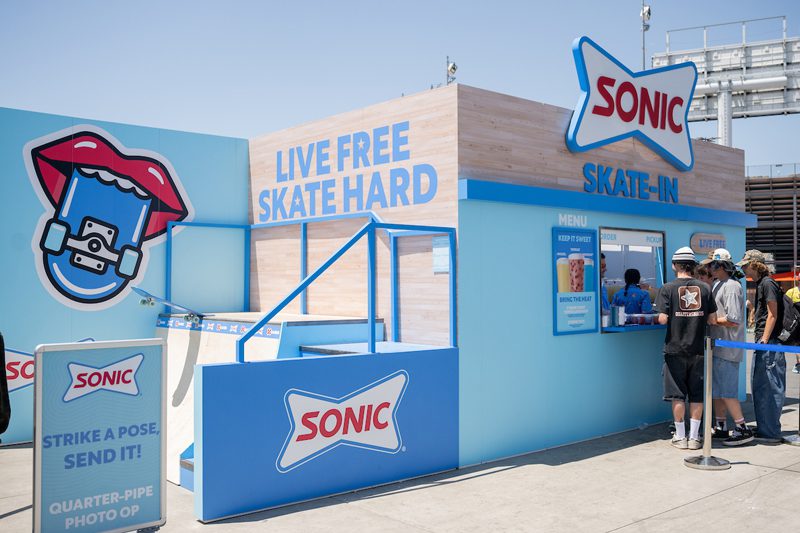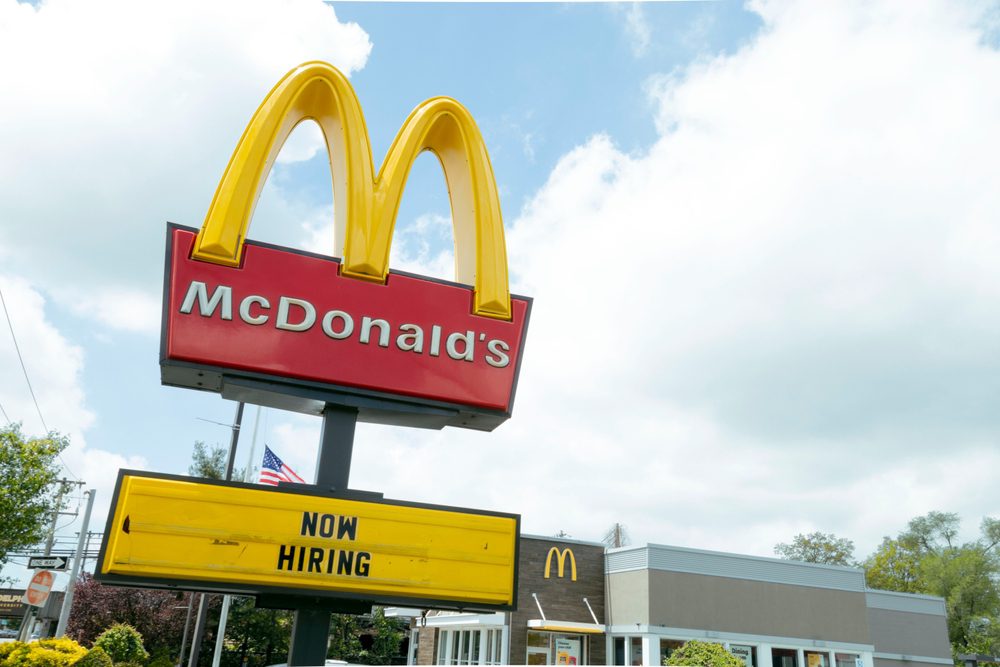
When it comes to customer loyalty in the retail sector, low prices have replaced customer service as the game-winning edge, according to a new study by Colloquy, the research division of Loyalty One.
The 2010 Retail Loyalty Index found that low prices and discounts are now the primary reason most consumers say they are loyal to the retailers they use in the grocery, personal care, mass merchandise, department store and specialty retail categories.
That’s sharply different from the same index in 2008, when consumers, asked what made them loyal to a retailer in a specific category, said that while low prices ranked first for department stores and mass merchants, customer service was the biggest value in grocery, personal care and specialty stores.
The result was to give Walmart a significant boost in most of this year’s rankings, which are calculated as a weighted index in both category and region, since so many retail brands can be powerful in their home markets but negligible on the national scene.
The Colloquy index asked respondents to tell both which category brands they purchase from most often and to estimate their loyalty to each brand within that category in the respondents’ region.
Walmart led the grocery category in the Northeast and Northwest sectors of this year’s index, edging out Safeway and Albertsons, the 2008 loyalty leaders in their respective regions among the grocery brands. Kroger (Midwest), Publix (Southeast) and H-E-B (Southwest) led on grocery loyalty in their regions, but Walmart posted a strong third place in each of those areas.
In personal care, Walmart won on loyalty in the Northwest, Southwest and Northeast, tied with Walgreens in the Southeast and lost out to a tie between Walgreens and CVS in the Midwest.
Among department stores, Walmart took top honors for customer loyalty in the northeast and Midwest and tied with retailer Macy’s in the Southwest. In the Southeast region, Walmart trailed Target, and in the Northwest it came in second for loyalty after Costco. Among those department store brands disappearing from this year’s loyalty index were J.C. Penney, Dillard’s and Dollar General.
And in mass merchandising, Costco continued its 2008 dominance of loyalty rankings in all but the Midwest and Northeast regions, where Meijer and BJ’s Wholesale knocked Sears, Sam’s Club and Big Lots out of their former top slots. Meanwhile Walmart came in second in loyalty everywhere except the Southeast region, where it earned a number three slot behind Target.
Loyalty aside, Walmart was the clear winner in terms of raw purchase frequency, leading every category in every region except for grocery buying in the northwest, where respondents said they most often bought from Safeway.
“Our 2008 index showed that loyalty marketers worked within a significantly diffe5rent retail landscape,” Colloquy partner Kelly Hlavinka said in a release accompanying the latest research. “Customer service, store environment and a wide product selection were the underlying factors for customers’ self-professed loyalty [in the 2008 study.] But our 2010 index proves that the Great Recession became the great equalizer. Low prices have stepped up to become retail’s strongest loyalty lure, according to consumers.”
In a white paper accompanying the latest index titled “RetailTalk: What Price Loyalty?”, Hlavinka outlines steps retailers can take to regain their loyalty edge without trying to duplicate Walmart’s price play:
- Get wise about where you can win. Play to your strengths, whether better service or a wider or more focused product selection.
- Stress value, especially to your best customers, through features such as automated couponing or guaranteed sale prices.
- Be data-driven, using loyalty programs to collect information that can make your communications, pricing and inventory more relevant to your best customers. Hlavinka points to the examples of Kroger and CVS as two brands using customer data effectively to win the loyalty contests in their categories and regions this year.
- Adjust your product mix and pricing to appeal to your best customers while still maintaining your profit margins.
“You must find a way to become number one in something that affects consumers’ hearts and wallets—just as Walmart has done through pricing and value,” Hlavinka concludes. “Being second or third in share of mind is no longer enough. Otherwise, when times get tough and household cuts take hold, you may be the first to be let go.”



 Network
Network

